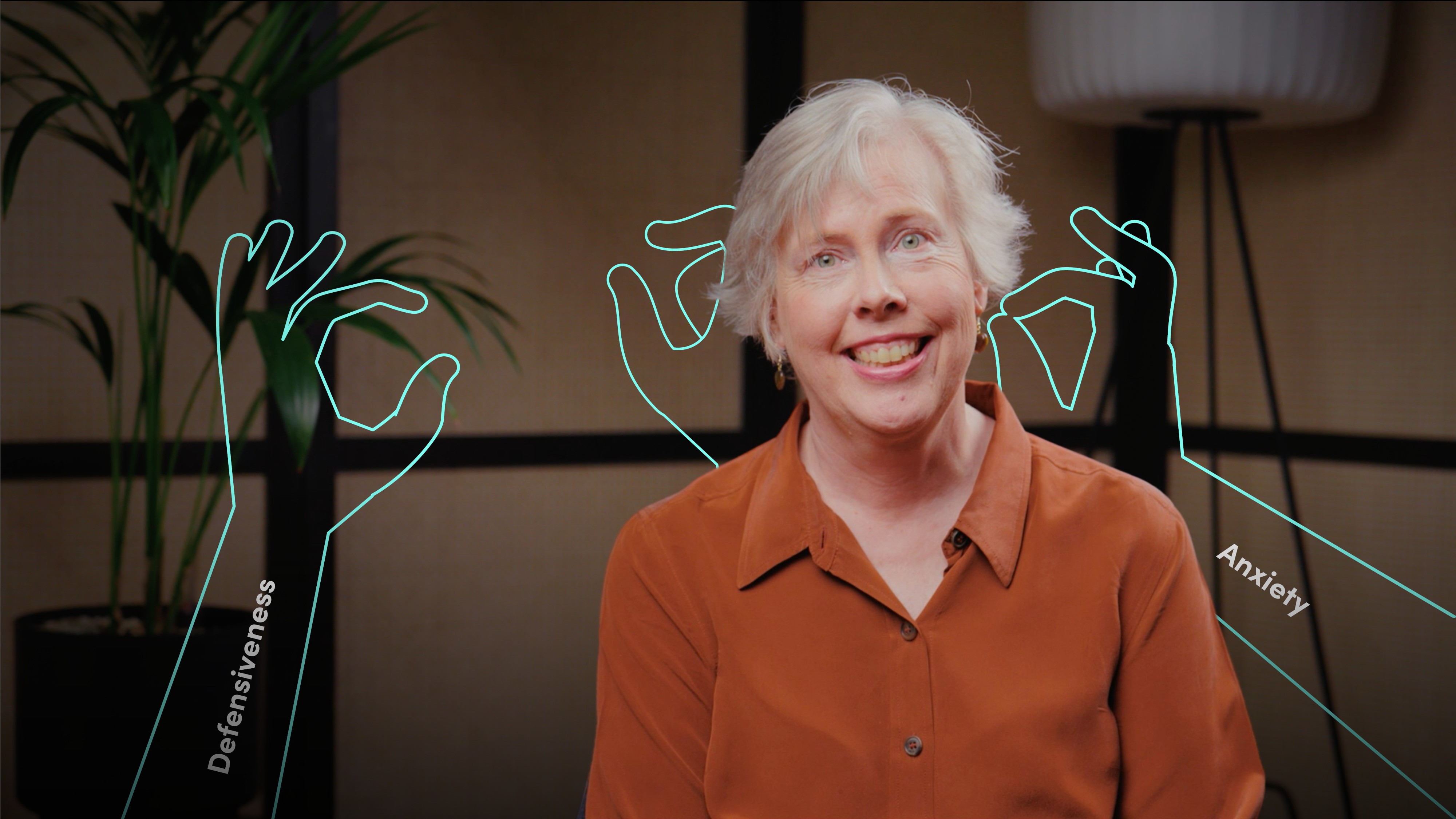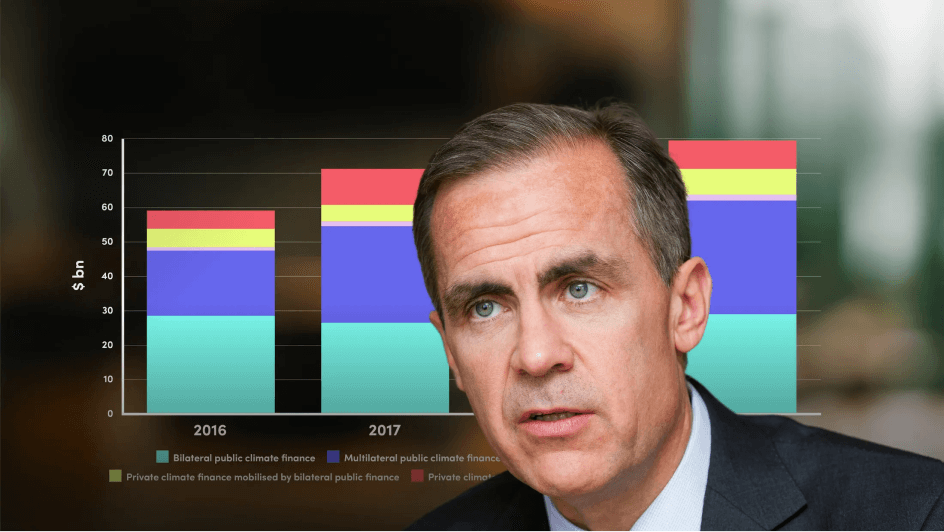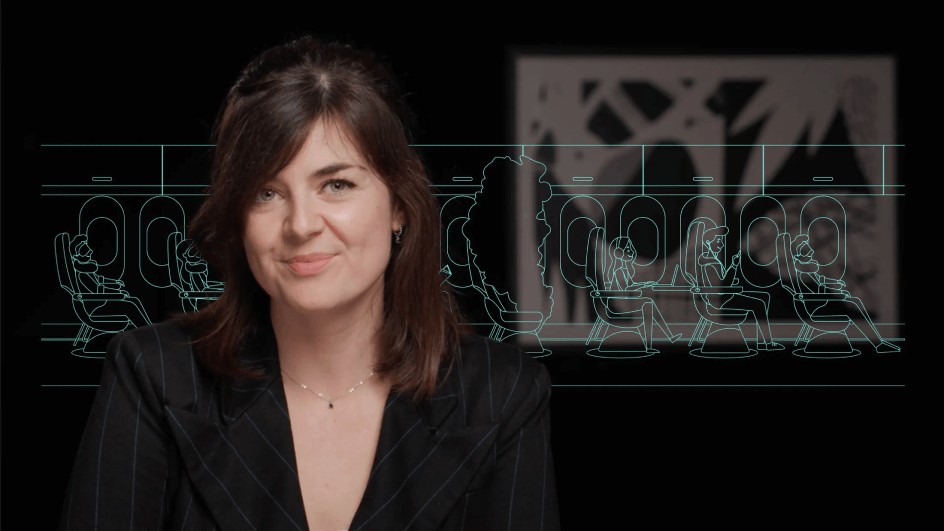
Handling Difficult Feedback Discussions

Margaret Cheng
35 years: Writer & HR Consultant
Most people avoid giving feedback to dodge difficult discussions. Join Margaret Cheng as she helps you navigate this minefield gracefully by using the SARAH model.
Most people avoid giving feedback to dodge difficult discussions. Join Margaret Cheng as she helps you navigate this minefield gracefully by using the SARAH model.

Handling Difficult Feedback Discussions
10 mins 25 secs
Key learning objectives:
Understand what makes feedback difficult
Outline the SARAH model
Identify the four main feedback models
Overview:
Human beings are complex and human relationships are never completely straightforward. Each workplace adds a unique layer of issues to unpick, and organisational dynamics can be difficult to navigate. The SARAH model is specifically aimed at helping people understand how a recipient of feedback might react, and the support that might be needed at each stage. The 5 stages of the model are: shock, anger, resistance, action and honest effort.
- The giving good feedback framework is aimed at observable behaviours and the impact of these behaviours on you, the work required and the team
- The FORCES model explores how to give this feedback
- The PACES models helps you interrogate your feedback, so that you always have clear examples and challenge your own perceptions
- The SARAH model helps deal with the emotions around giving feedback

Margaret Cheng
There are no available Videos from "Margaret Cheng"





















